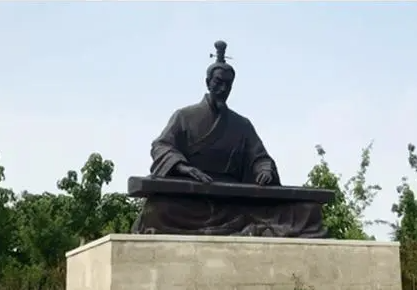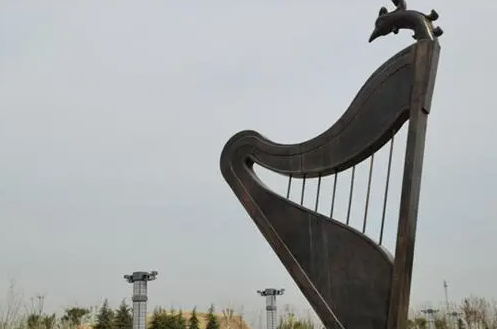The ecological and cultural park of the East Ancient City Ruins carries the inheritance and development of national musical instruments
Donggucheng Ruins Ecological Culture Park is the first site-type ecological cultural park in Zhongmu County, Zhengzhou City. It is located in Donggucheng Village, Hansi Town, 11 kilometers southeast of the county, covering an area of 108 mu.
The East Ancient City was built in the Eastern Zhou Dynasty. It was the place where Zheng Guo made musical instruments in the Spring and Autumn Period. Regarding the origin of Konghou City, there is a record in "Taiping Huanyu Ji": "Konghou City is 20 miles southeast of Zhongmu County, and Shiyan built the Konghou here to delight Duke Ling". The Duke Ling mentioned here is Duke Ling of Wei (540 BC - 493 BC), which is generally considered to be the city of Konghou built in this period. In the last years of the Qin Dynasty, it was called Qu Yucheng. "Historical Records" and "Han Books" recorded: "Fighting Qu Yudong again and breaking it. Yang Xiong went to Xingyang." In "Suo Yin", Xu Guangyun: "In Zhongmu". Wei Zhaoyun: "Ambition is not carried." Sima Biao recorded in the "Country and Country Records": "Zhongmu has a song and a meeting."

During the 1984 cultural relics census, relics from the Warring States Period-Han Dynasty were found in the northeast corner of Dongcheng City, such as slabs, tube tiles, copper arrowheads, bronze mirrors, copper belt buckles, five baht coins and flat head coins. In 2008, the People's Government of Henan Province announced the ruins of Dongcheng City as the fifth batch of key cultural relics protection units in Henan Province.

The construction of the Dongcheng Ancient City Ruins Ecological Culture Park started in March 2018. The construction content includes the Konghou Cultural Square, the Konghou Cultural Corridor, the Statue of Teacher Extension, and green planting. The site's ecological and cultural park is a multi-functional park that integrates cultural relics protection, cultural relics display, tourism and leisure, cultural education, theatrical performances, and theme publicity.
It is understood that after the completion of the Dongcheng Ancient City Site Ecological Culture Park, it will play the role of promoting national music and teaching the classical musical instrument - Konghou, and vigorously promote the development of traditional culture in Zhongmu County.
 渝公网安备 50010702504639号
渝公网安备 50010702504639号